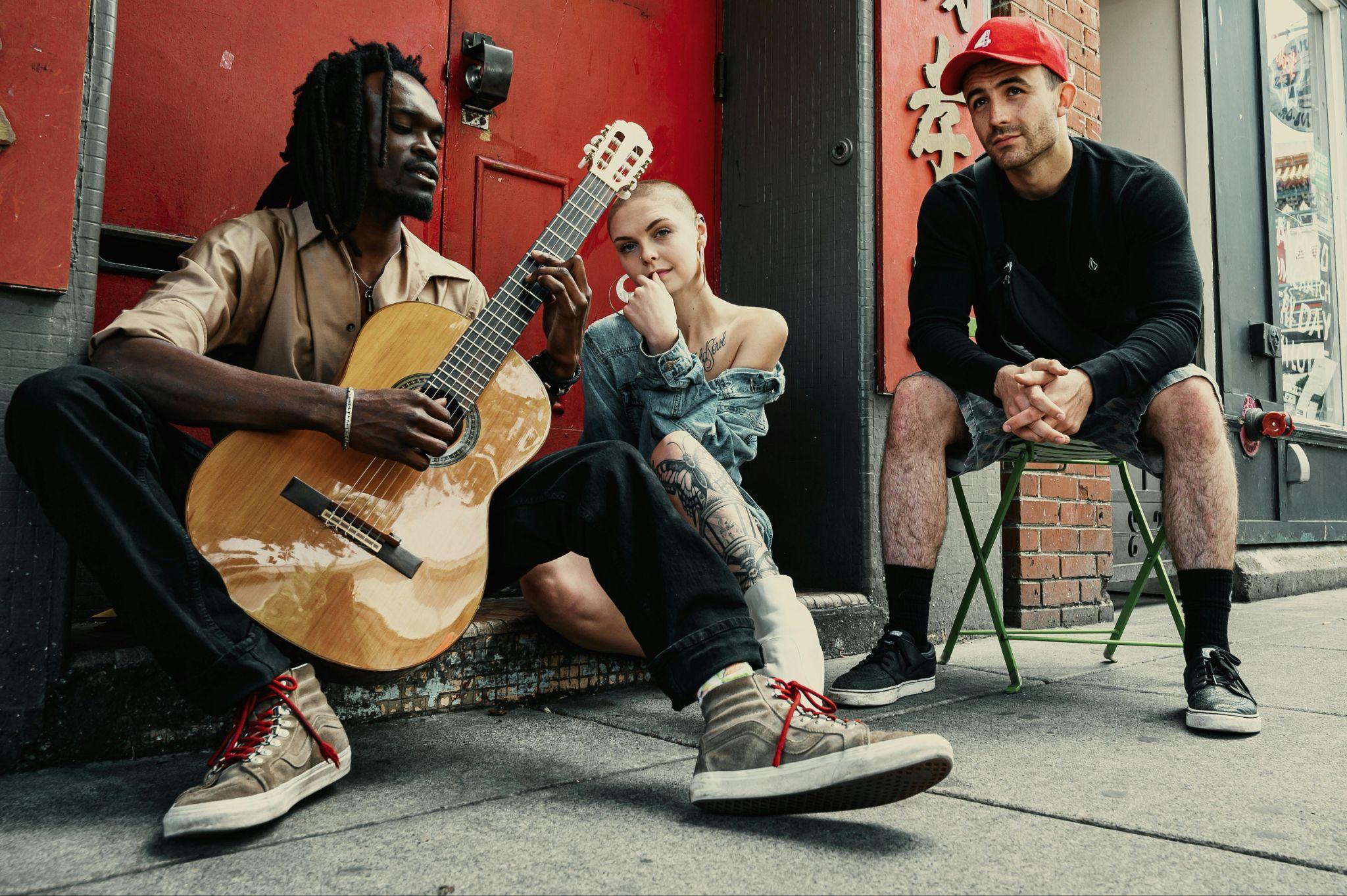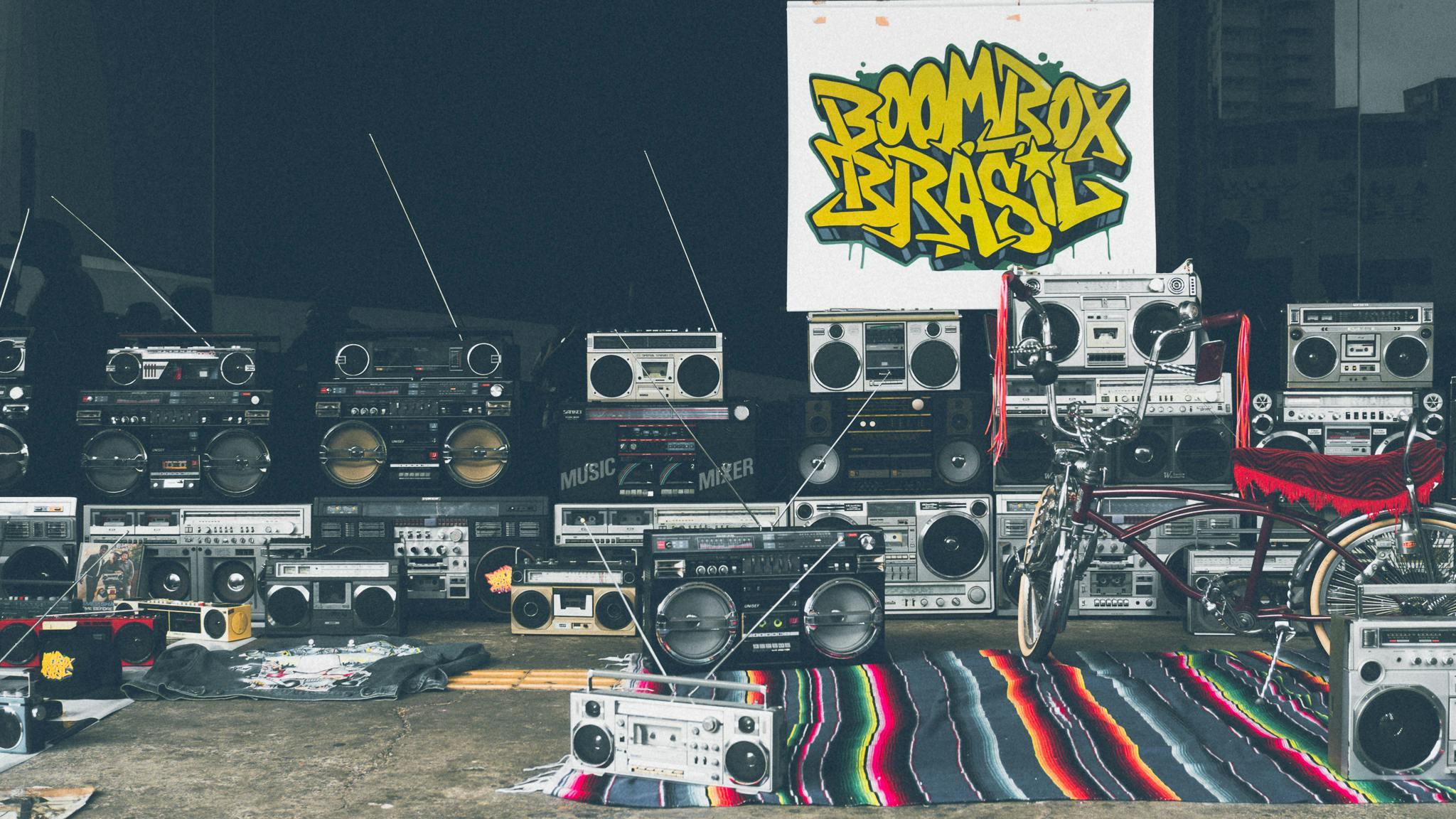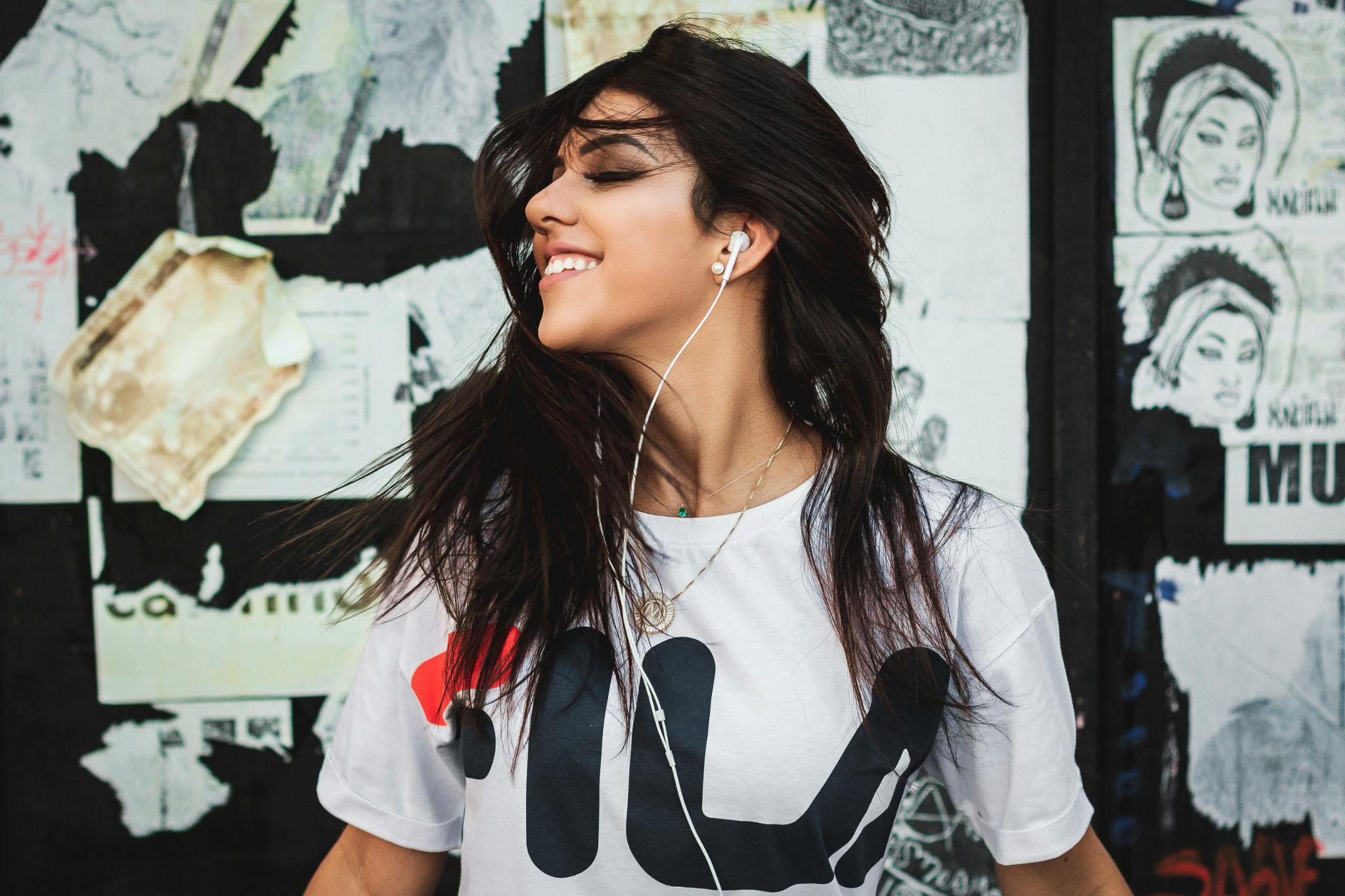Exploring the Relationship Between Music and Visual Art
The profound relationship between music and visual art represents one of culture’s most enduring and dynamic dialogues. Both art forms engage different sensory pathways yet frequently converge to create experiences greater than their individual components. Throughout history, these creative expressions have engaged in a reciprocal dance of influence, with musical compositions inspiring visual masterpieces and artistic movements shaping musical innovation. This interconnection transcends mere collaboration, creating a rich tapestry where rhythm, harmony, and melody intertwine with color, form, and composition. Understanding this relationship unlocks deeper layers of artistic appreciation, revealing how these seemingly distinct disciplines share fundamental principles of aesthetic communication while amplifying each other’s emotional impact. The conversation between sound and sight has evolved across centuries, from religious iconography accompanied by sacred music to today’s immersive multimedia installations, continually redefining the boundaries of artistic experience.
Historical Intersections of Music and Visual Art
The dialogue between music and visual art has ancient roots, with formalized collaborations emerging prominently during Europe’s artistic golden ages and evolving through subsequent movements and technological innovations.
Renaissance and Baroque Periods: A Fusion of Sound and Sight
During the Renaissance (14th-17th centuries), art and music flourished under the same philosophical principles, creating a unified aesthetic experience. In this era, artistic harmony transcended medium boundaries, with painters, sculptors, and musicians often trained in multiple disciplines and working within integrated contexts:
- Church Commissions – Architectural spaces like the Sistine Chapel were designed with both visual magnificence and acoustic properties for choral performances, creating immersive spiritual environments
- Court Entertainment – Royal courts throughout Europe commissioned interconnected artistic programs where music, dance, painting, and sculpture collectively enhanced aristocratic ceremonies
- Theatrical Productions – Early operas like Monteverdi’s “L’Orfeo” (1607) pioneered the integration of musical composition with elaborate visual staging and costume design
- Emblematic Representation – Artists developed sophisticated visual symbol systems that corresponded to musical concepts, with instruments in paintings often representing specific virtues or emotions
- Architectonic Principles – Musical composition and visual art shared mathematical foundations, with composers like Bach creating works based on the same geometric principles used in Renaissance painting
The Baroque period (17th-18th centuries) intensified this artistic fusion, with figures like Bernini creating “total works of art” (Gesamtkunstwerk) that incorporated music, sculpture, architecture, and theatrical effects. The elaborate ornamentation characteristic of Baroque visual art paralleled the musical embellishments of composers like Vivaldi and Handel, reflecting a unified cultural approach to artistic expression.
Modernism and Synesthetic Art Movements
The late 19th and early 20th centuries witnessed revolutionary approaches to the music-art relationship through movements explicitly focused on cross-sensory experiences:
|
Movement |
Time Period |
Key Concepts |
Notable Figures |
|---|---|---|---|
|
Symbolism |
1880s-1910s |
Correspondence between senses, spiritual dimensions of art |
Whistler, Debussy, Scriabin |
|
Expressionism |
1905-1925 |
Emotional intensity, psychological states, distortion |
Kandinsky, Schoenberg, Munch |
|
Futurism |
1909-1944 |
Machine aesthetics, speed, noise as musical element |
Russolo, Balla, Boccioni |
|
Dada/Surrealism |
1916-1950s |
Unconscious connections, chance operations |
Duchamp, Satie, Cage |
|
Abstract Expressionism |
1940s-1960s |
Gestural freedom, improvisational approach |
Pollock, Feldman, Tudor |
Wassily Kandinsky pioneered some of the most influential explorations of the music-art relationship with works like “Composition VIII” (1923), which translated musical structures into visual forms. As a theorist, Kandinsky developed systematic correspondences between colors and musical tones, influencing generations of artists. Simultaneously, composer Alexander Scriabin created his color-music system, culminating in works like “Prometheus: The Poem of Fire” (1910), which incorporated a color organ projecting specific hues to accompany musical passages.
The modernist era institutionalized the dialogue between music and art through schools like the Bauhaus, which encouraged interdisciplinary collaboration and theorized unified approaches to creative disciplines. This period permanently altered how subsequent generations would understand the relationship between auditory and visual artistic expression.
The Concept of Synesthesia in Art and Music

Synesthesia—a neurological phenomenon where stimulation of one sensory pathway leads to automatic, involuntary experiences in another—provides a fascinating lens for understanding the music-visual art relationship.
Understanding Synesthesia and Its Artistic Implications
Approximately 4% of the population experiences some form of synesthesia, with the most common variant being chromesthesia (sound-to-color synesthesia). People with chromesthesia consistently perceive specific colors, shapes, or textures when hearing particular sounds or musical passages. According to a study published in the journal Consciousness and Cognition, synesthetes demonstrate enhanced creativity and may gravitate toward artistic pursuits at higher rates than the general population.
Key characteristics of synesthetic perception include:
- Consistency – Synesthetic associations remain remarkably stable over time
- Automaticity – The secondary sensory experience occurs involuntarily
- Specificity – Precise sounds trigger specific visual experiences
- Directional mapping – The association typically works in one direction (sound→color more common than color→sound)
- Enhanced memory – Many synesthetes use their cross-sensory associations as mnemonic devices
For artists with synesthesia, these cross-modal experiences provide unique creative advantages, offering additional dimensions of sensory information and novel combinatorial possibilities. However, even non-synesthetic artists have drawn inspiration from the concept, developing “pseudo-synesthetic” approaches that simulate cross-sensory mappings to generate new artistic possibilities and expand the perceptual experience of audiences.
Notable Synesthetic Artists and Their Works
Many influential figures across artistic disciplines have experienced synesthesia, with their cross-sensory perceptions directly informing their creative output:
|
Artist |
Medium |
Type of Synesthesia |
Notable Works |
Synesthetic Influence |
|---|---|---|---|---|
|
Wassily Kandinsky |
Painting |
Sound-to-color/form |
“Composition VI” (1913) |
Painted visual equivalents of musical compositions |
|
Olivier Messiaen |
Music |
Sound-to-color |
“Couleurs de la Cité Céleste” (1963) |
Composed based on specific color progressions |
|
Vladimir Nabokov |
Literature |
Grapheme-to-color |
“Lolita” (1955) |
Characters named based on the “color” of their names |
|
Duke Ellington |
Music |
Sound-to-color |
“Mood Indigo” (1930) |
Described his compositional process in terms of colors |
|
Richard Feynman |
Physics |
Number-to-color |
Feynman Diagrams |
Used synesthetic perceptions in visualizing equations |
|
Pharrell Williams |
Music |
Sound-to-color |
“Happy” (2013) |
Selects chord progressions based on desired color palette |
|
Mary J. Blige |
Music |
Sound-to-color |
“My Life” (1994) |
Describes seeing purple and blue when composing emotional ballads |
|
David Hockney |
Painting/Set Design |
Sound-to-color |
Opera set designs for “The Rake’s Progress” |
Creates visual environments based on musical color perception |
Contemporary artist Melissa McCracken has gained recognition specifically for painting her synesthetic experiences of music, creating visual interpretations of songs ranging from Radiohead’s “Karma Police” to John Lennon’s “Imagine.” Her work provides direct windows into the synesthetic experience, translating musical frequencies, timbres, and structures into corresponding visual elements.
Collaborative Endeavors Between Musicians and Visual Artists

The direct collaboration between musicians and visual artists has created some of culture’s most iconic works, establishing powerful connections between auditory and visual experiences.
Album Art and Music Videos as Artistic Collaborations
Album artwork has evolved from simple packaging to sophisticated visual extensions of musical concepts, often resulting in imagery as culturally significant as the music itself:
- The Beatles and Peter Blake – “Sgt. Pepper’s Lonely Hearts Club Band” (1967) pioneered the concept album with artwork that visualized the fictional band concept while incorporating collage techniques that reflected the album’s eclectic musical approach
- Pink Floyd and Storm Thorgerson – The prism spectrum on “Dark Side of the Moon” (1973) created a visual metaphor for the album’s themes of fragmentation and psychological pressure
- Joy Division and Peter Saville – “Unknown Pleasures” (1979) featured radio wave visualizations from pulsar CP 1919, creating a scientific visual representation of invisible energy that matched the band’s austere post-punk sound
- Björk and various visual artists – Throughout her career, Björk has collaborated with designers like Alexander McQueen and artists like James Merry to create album visuals that extend her musical concepts into sculptural, fashion, and digital realms
- Radiohead and Stanley Donwood – A decades-long collaboration producing artwork that visually interprets the band’s shifting musical approaches and technological themes
Music videos further expanded these collaborative possibilities, with directors like Michel Gondry, Spike Jonze, and Chris Cunningham creating visual narratives that fundamentally transformed how audiences experience musical works. Notable examples include Cunningham’s disturbing biomechanical imagery for Aphex Twin’s “Come to Daddy” and Gondry’s handcrafted visual innovations for Björk’s “Human Behavior.”
Live Performances and Multimedia Installations
Contemporary performance increasingly integrates sophisticated visual components, creating multisensory experiences:
|
Artist/Group |
Visual Approach |
Notable Elements |
Representative Performances |
|---|---|---|---|
|
Radiohead |
Dynamic LED screens, real-time processing |
Visual artist Tarik Barri creates generative visuals responding to musical parameters |
“In Rainbows” tour (2008) |
|
Björk |
Digital avatars, interactive projections |
Collaboration with directors like Andrew Thomas Huang for hybrid digital/physical environments |
“Cornucopia” (2019) |
|
Flying Lotus |
3D projection mapping |
Layer 3 visual system creating stereoscopic environments without glasses |
“You’re Dead!” tour (2015) |
|
Beyoncé |
Massive video installations, choreographed with visual narratives |
Integration of film, dance, and music in conceptual frameworks |
“Lemonade” visual album (2016) |
|
The Weeknd |
Immersive narrative staging |
Thematic visual world-building across album cycle |
“After Hours” era (2020) |
Beyond concert settings, installation artists like Brian Eno have created dedicated environments where visual and sonic elements interact in real-time. His “77 Million Paintings” uses generative processes to create ever-changing visual compositions synchronized with ambient soundscapes, producing an endless flow of audio-visual combinations that create meditative immersive experiences.
The Role of Technology in Merging Music and Visual Art

Technological advances have dramatically expanded the possibilities for integrating music and visual art, creating new tools, mediums, and collaborative frameworks.
Digital Art and Music Production Tools
Software environments now enable unprecedented integration of sound and visuals:
- Ableton Live with Max for Live – Allows musicians to create custom visual responses to musical parameters in real-time performances
- TouchDesigner – Node-based visual programming language used by artists like Weirdcore (Aphex Twin’s visual collaborator) to create reactive visual environments
- Processing – Open-source programming language that enables artists like Josh Nimoy to create algorithmic visuals responding to audio analysis
- Unity and Unreal Engine – Game development platforms repurposed by artists for creating interactive audio-visual spaces
- Adobe Creative Suite – Integrated tools allowing seamless workflow between audio production (Audition) and visual creation (After Effects, Photoshop)
These technologies have democratized audio-visual creation, allowing individual artists to work across disciplines without requiring large production teams. Musicians can now conceive their work as inherently multimedia from the earliest stages of composition, while visual artists can incorporate sound as a fundamental component rather than an afterthought.
Virtual Reality and Interactive Installations
Emerging technologies have created entirely new possibilities for music-visual integration:
Virtual reality installations like “Björk Digital” invite participants to enter fully realized environments where visual and musical elements become spatially integrated experiences. The piece “Notget VR” transforms the artist into a digital light entity that grows and evolves as the song progresses, surrounding viewers in a 360° environment where sound and visuals are inseparable.
Interactive installations by artists like Ryoji Ikeda merge data visualization with sound composition, creating environments where mathematical principles govern both visual patterns and audio frequencies. His “Test Pattern” series converts data into barcode-like visual patterns and corresponding audio clicks, creating synchronized audio-visual experiences that reveal the underlying patterns of digital information.
Psychological and Emotional Impact of Combined Art Forms
The integration of music and visual art creates unique psychological effects, amplifying emotional responses and opening new therapeutic possibilities.
Enhancing Emotional Resonance Through Multisensory Experiences
Neurological research has demonstrated that multisensory stimulation activates more brain regions than single-sense stimulation, potentially creating stronger emotional responses and memory formation. When complementary visual and musical elements align, they can:
- Intensify emotional responses through reinforcement across sensory channels
- Create more complex emotional experiences by introducing counterpoint between senses
- Enhance narrative comprehension by providing multiple information streams
- Improve engagement through increased attentional capture
- Generate stronger memory encoding through multisensory integration
These effects help explain why film scores dramatically enhance emotional responses to visual scenes, and why live performances with coordinated visuals often create more powerful experiences than audio alone. The phenomenon of emotional amplification through cross-modal reinforcement has become a fundamental principle in entertainment, advertising, and artistic creation.
Therapeutic Applications of Music and Visual Art Integration
The therapeutic potential of integrated music and visual art has gained recognition in clinical settings:
- Music Visualization Therapy – Patients create visual representations of music they hear, helping externalize and process emotions that may be difficult to verbalize
- GIM (Guided Imagery and Music) – Therapeutic approach using classical music to evoke mental imagery during guided sessions, addressing psychological trauma and emotional processing
- Multisensory Rooms – Environments with coordinated visual projections and music for patients with developmental disabilities, dementia, or sensory processing disorders
- VR Therapy – Immersive environments with synchronized music and visuals for pain management, PTSD treatment, and anxiety reduction
- Cross-modal Art Therapy – Integrated approaches where patients move between visual art creation and musical expression to access different aspects of emotional experience
These approaches leverage the unique cognitive and emotional processes activated by combined art forms, creating therapeutic pathways that may not be accessible through single-modality approaches. For individuals with communication difficulties, the multimodal expression offered by combined music and visual art can provide alternative channels for self-expression and emotional processing.
Conclusion
The relationship between music and visual art represents one of culture’s most fertile ongoing dialogues, continually evolving through technological innovation, theoretical exploration, and artistic experimentation. From Renaissance integrated art forms to cutting-edge virtual reality installations, this cross-disciplinary conversation has consistently produced some of humanity’s most profound and moving creative expressions. The neurological foundations of this relationship—whether through synesthetic perception or the broader psychological principles of multisensory integration—suggest that our brains are fundamentally designed to create connections between what we see and what we hear. By understanding and exploring these connections, artists continue to discover new expressive possibilities that transcend traditional disciplinary boundaries, creating richer and more complex aesthetic experiences. As technologies and artistic methodologies continue to evolve, the ongoing conversation between music and visual art will likely reveal even deeper insights into both human perception and the limitless possibilities of creative expression.
